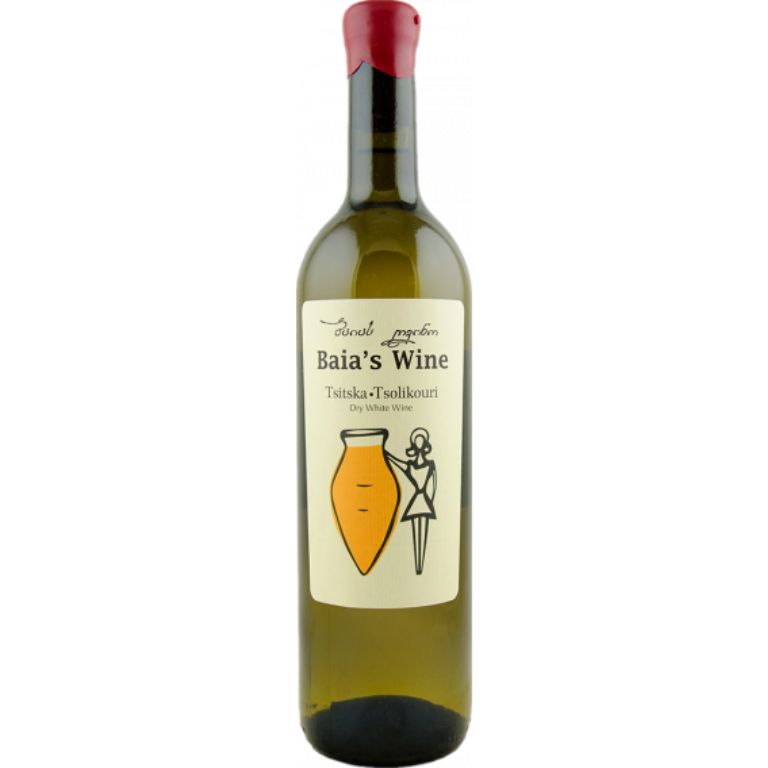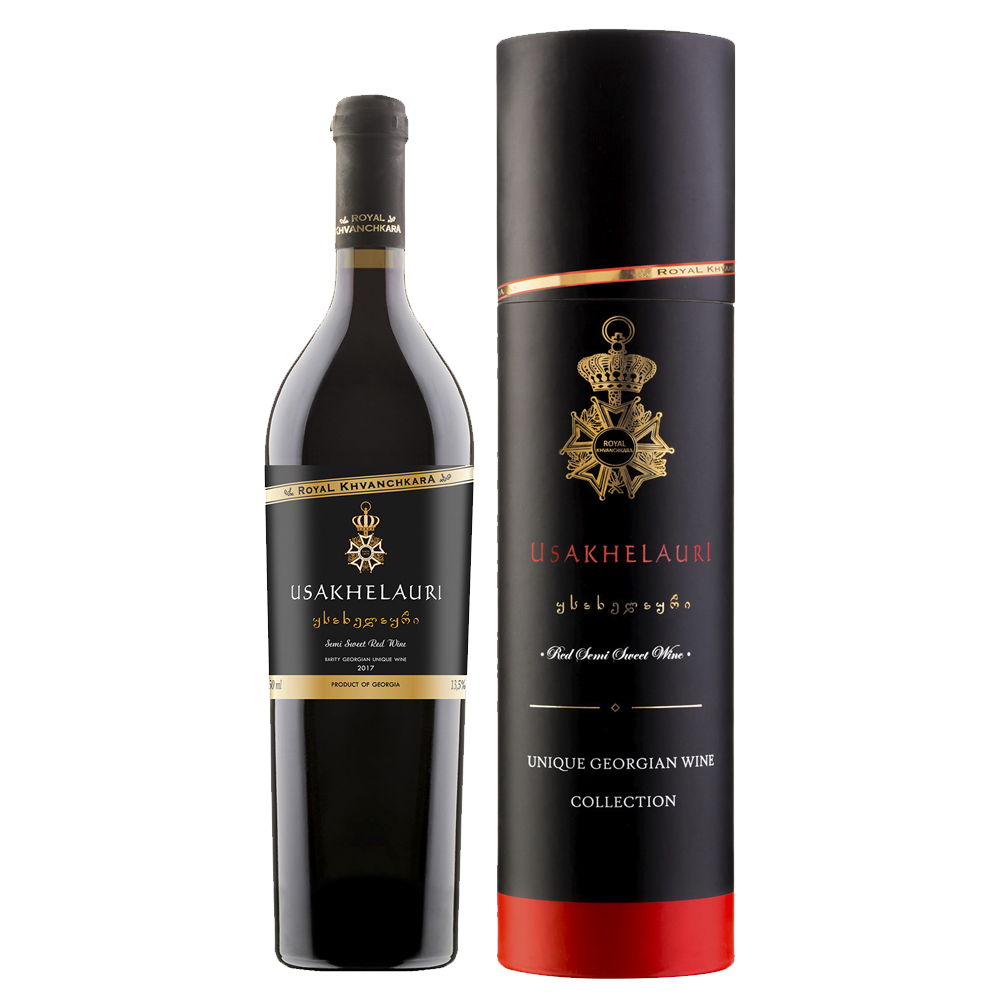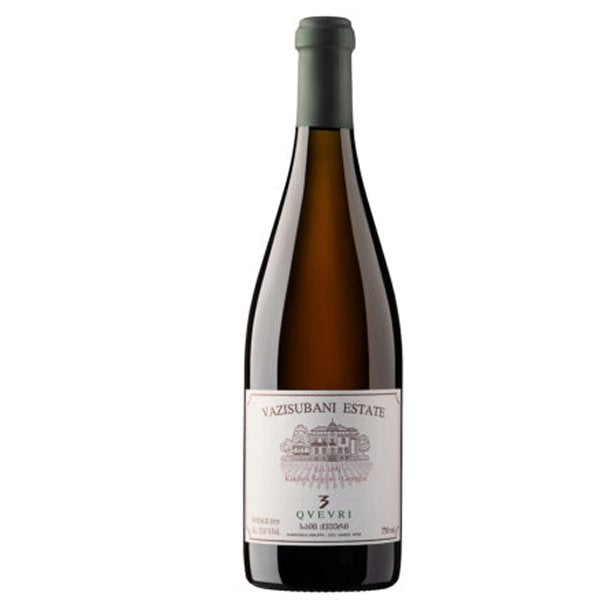Part 1 – All you need to know about Qvevri…
by Alara Ozcam, Sales and Marketing Director, gvino UK
What is Qvevri? How is it made? How do you even say it? – believe us, these questions are not uncommon. Here are 5 quick facts about qvevri to fastforward your journey to becoming a qvevri wine guru.
#1 Kvevri vs Qvevri
There’s no final verdict on this one. The Georgian language consists of two “k” sounds – (hence the writing kvevri) yet standard keyboards inevitably turn it into a “q” which has led Georgian wine aficionados to spell it as such. We call it Qvevri as do our friends at Georgian Wine UK!
#2 Where are Qvevri made?
Needless to say, Georgia. But to be more specific, village communities in specific regions, which include Imeriti and the world famous UNESCO protected Kakheti wine region.
#3 How is Qvevri wine made?
With giant qvevri buried underground! That’s right, Slightly-crushed grapes are directly put into the qvevri and are left to be naturally fermented for 2-4 weeks. During this process, once or twice a day, a punch down process happens. Once spring arrives, fermentated qvevri wine is opened up and a the insides are placed into a new and clean qvevri until bottling.

#4 For how long can a qvevri be used?
Qvevri vessels can be used for centuries, over and over again repeatedly! Many do indeed date back hundreds of years, giving qvevri wine a unique and historical taste.
#5 What makes the taste of qvevri wine different?
Qvevri wine are exposed to minimum amounts of oxygen in the clay vessels, less than wine in stainless steel or wooden barrels. Additionally, the stable temperature from all sides of the qvevri allows a more gradual and graceful fermentation. Most interestingly, in the case of white grapes, longer periods of contact with skin gives birth to orange, or amber wine as a result of the added tanins!
Try our best selling Qvevri wine, Vazisubani Estate Qvevri Saperavi…





















